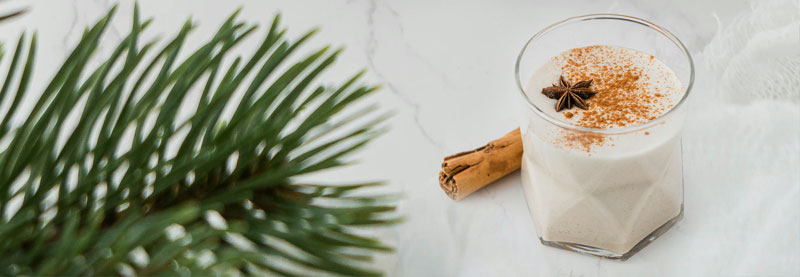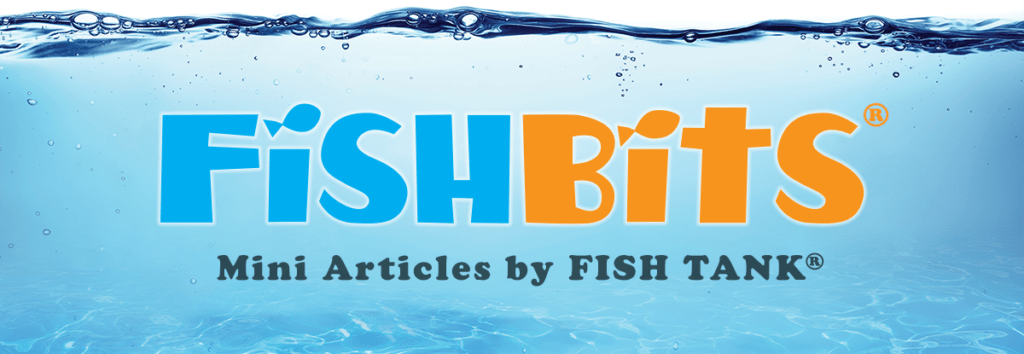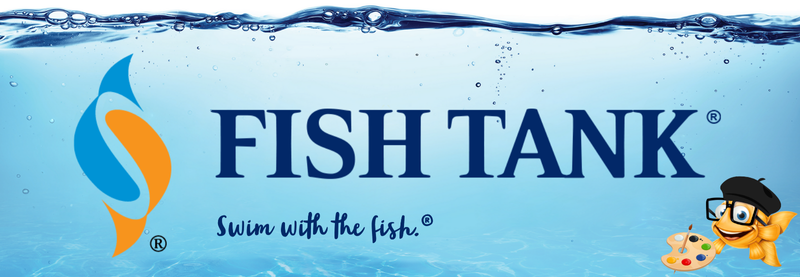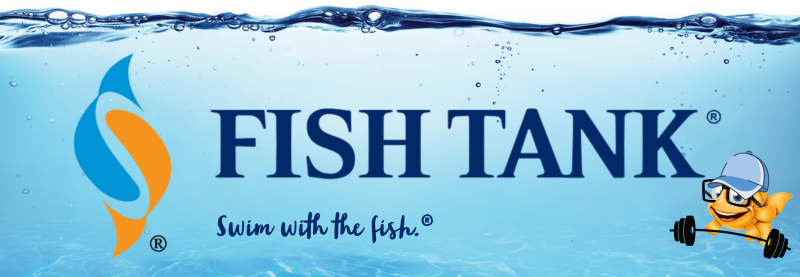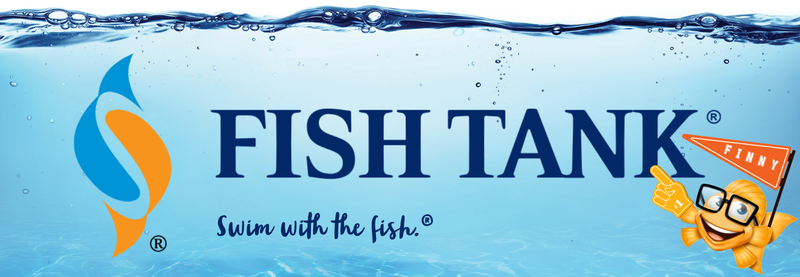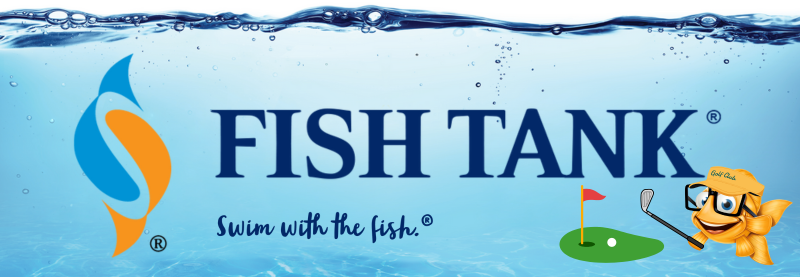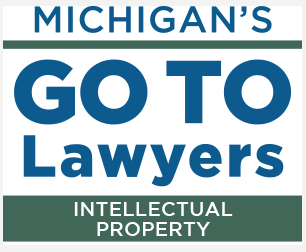Intellectual Property Insights from Fishman Stewart PLLC
Newsletter – Volume 25, Issue 1
Share on Social
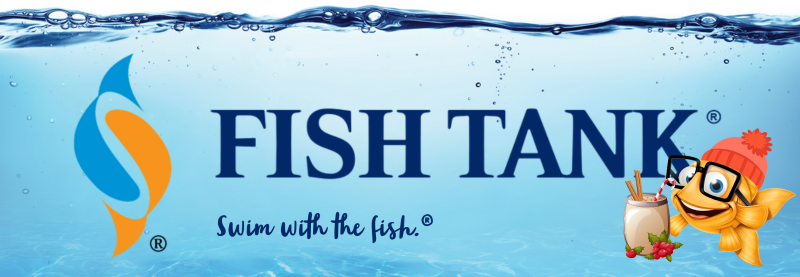
Eggnog – Love It or Love to Hate It?
Eggnog is a traditional holiday drink made of eggs, milk, cream, spices, and one or a combination of rum, whisky, and brandy. Eggnog is loved by many but detested by others.
The term “eggnog” is a generic term that is not eligible for trademark protection by any single person or entity for EGGNOG beverages or flavored foods—of course, like APPLE for computers, EGGNOG could serve as a trademark for a wide range of non-‘nog goods or services such as shoes or tax consulting. Indeed the United States Patent and Trademark Office has determined that the term EGGNOG is considered to be a generic name for daquiris and taffy.
However, entrepreneurs in the EGGNOG space may find that intellectual property protection may be available. Copyright protection can apply to a creative literary expression of an eggnog recipe, or photographs and videos of eggnog-related content. Recipes may also be protected by treating them as “trade secrets” for commercially sold eggnog beverages. Patents may also be available for novel and non-obvious innovations in the EGGNOG ingredients or manufacturing process.
The origins of eggnog are equally entertaining:
History
Eggnog may be tracked back to the medieval British beverage posset – a warm, thickened milk drink made with wine or beer, cream or sugar, eggs, bread or oatmeal, and spices. The term “eggnog” was apparently first used circa 1770 and its name refers to either “nog” (an old English term for “ale”) or “noggin” (a small wooden mug often used for serving the beverage), depending on whom you ask.
British aristocracy drank posset with sherry as a signal of wealth. Later, Monks added eggs and figs to posset and crafted a drink that was reserved for the British elite due to egg and sherry shortages.
In the U.S., colonists found the ingredients to make eggnog were more prevalent and the drink became popular before 1800. The colonists tended to use rum, but southern families preferred bourbon or whiskey.
In the early 20th century, refrigeration became more widely available, and eggnog became more associated with the holiday season.
Fun Facts
George Washington was known for serving an eggnog-like beverage to his guests, purportedly from his own recipe created in Mount Vernon.
Eggnog was once thought to have medical use and was recommended for patients recovering from diphtheria, dysentery, malaria, surgery, ulcers, and tuberculosis.
There is a semi-official U.S. Supreme court recipe for eggnog, which was unearthed in the late Chief Justice Harlan Fiske Stone’s paperwork.
Eggnog is known in Scotland as “Auld Man’s Milk” and in the United Kingdom as an “egg flip.”
Eggnog is blamed for causing a riot at West Point on December 24, 1826, during which approximately 70 inebriated cadets assaulted offers and destroyed the barracks in which the cadets had tried to barricade themselves.
In modern times, National Eggnog Day occurs on December 24 each year.
Variations
Today, eggnog is popular throughout the English-speaking world. In the American south, eggnog is made with bourbon. Regional variations include long-aged Creole eggnog, classic hot eggnog, and a “coquito” (coconut milk-spiked eggnog that is often eggless) and those in Mexico, Belize, and most of Latin America prefer eggnog called “rompope” that uses cinnamon sticks rather than ground cinnamon. Eggnog in Bolivia and Peru, called biblia con pisco, contains no milk or cream.
Germans call eggnog “biersuppe” and is made with beer and its cousin is called “Eierpunsch” made with white wine.
In Venezuela and Trinidad, eggnog is called “Ponche crema.” Finally, Chileans enjoy Cola de Mono, often described as something between eggnog and a White Russian.
Cheers!
Tracy Zawaski is an intellectual property attorney with expertise spanning across trademarks, copyrights, and technology, as well as IP consulting, transactional and e-commerce services.

Related Content from Fishman Stewart
People have long pondered whether or not the Giza pyramids were indeed solely burial chambers, which was the only known, and archaeologically determined, use—until now.
As the story goes, Klein was so taken with the indescribable blue of the sky over the Mediterranean in Nice, France, that he dedicated his artistic talent developing a blue that would imbue the canvas with this color in its purest form.
Despite her pseudo-legal background in Suits, Meghan has been running into one issue after another in her efforts to register the trademark and logo for her new lifestyle company, for now, called “AS EVER”.
By 1930, efforts began in New York to replace Mother's Day with Parent's Day because men were more than just breadwinners. Those efforts didn't catch on, probably because in that era, women often spent more time in the home.
In February, Nike and Skims announced that they will be working together on a new brand, NikeSkims. The co-brand will create a new line of training apparel, footwear, and accessories specifically designed to meet the unique needs of women athletes.
Generally, federal courts have exclusive jurisdiction over copyright cases, and often, this presents an insurmountable paywall for individual artists and small businesses to vindicate their rights, especially where the value of the individual copyrighted works are relatively low.
Dedicated to raising public awareness about the importance of encouraging innovation and creativity throughout the world, the World Intellectual Property Organization (WIPO) annually observes World Intellectual Property Day on April 26 to showcase the role that patents, trademarks, industrial designs, copyrights and trade secrets play in our everyday lives.
Hold onto your foam fingers, sports fans – college sports just got a whole lot more interesting! The latest updates to Name, Image, and Likeness (NIL) rules are making student-athletes bigger than ever, and it’s not just about the game anymore.
Did a federal court in Louisiana recently decide that US copyrights are global rights? It seems so.
L.A.B. Golf aims to protect its innovations, and therefore its market position, owning three patents for its zero-torque design. The question now is whether L.A.B. Golf can withstand the wave of copycat designs.
IDENTIFYING, SECURING AND ADVANCING CREATIVITY®


